
Jean-Luc Mylayne. Into the Hands of Time / Jean-Luc Mylayne. Trazos del cielo en manos del tiempo
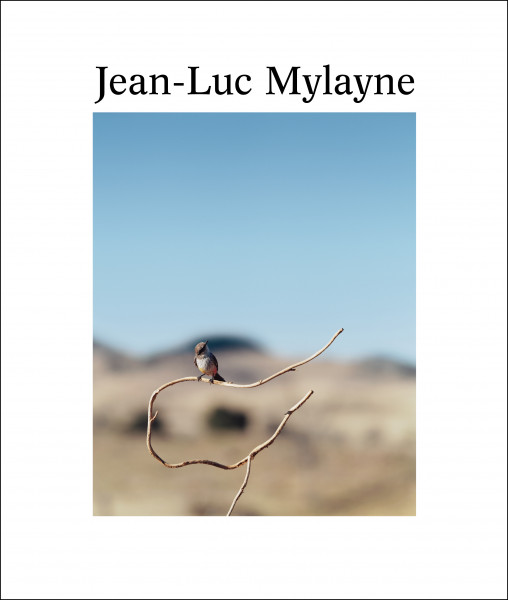



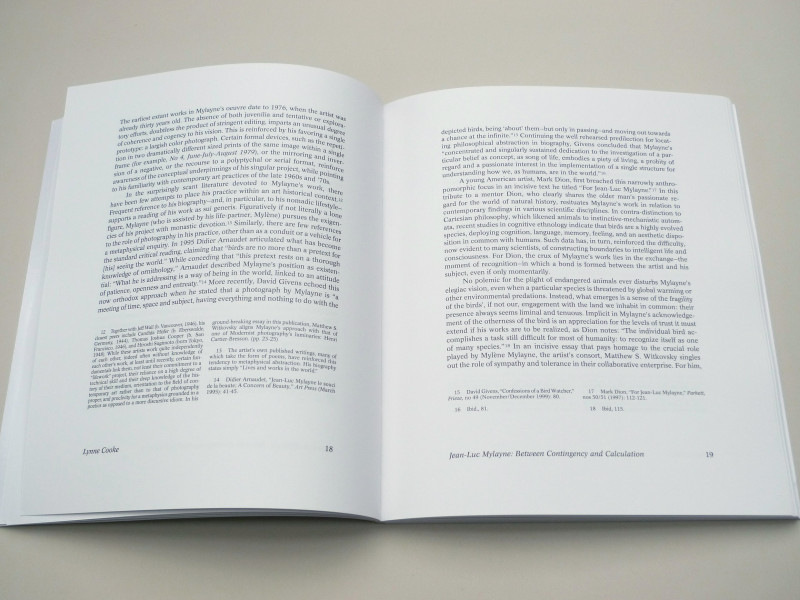


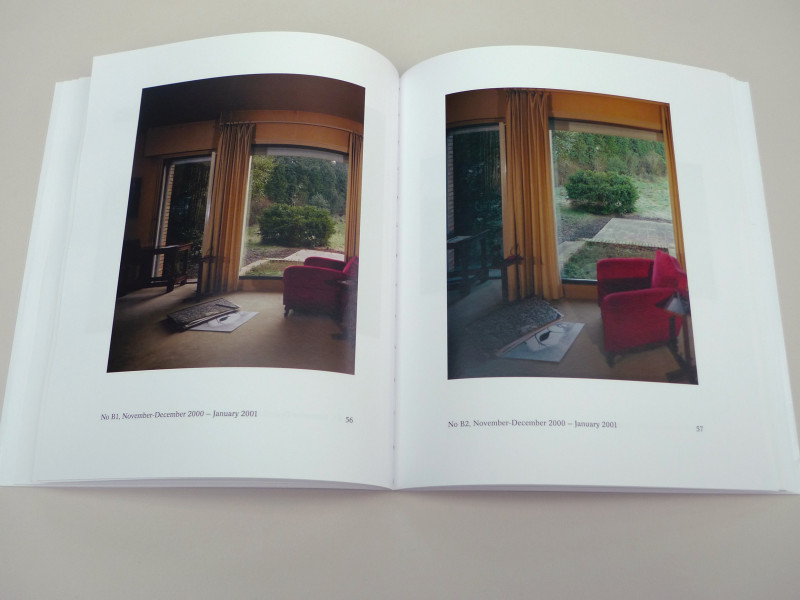
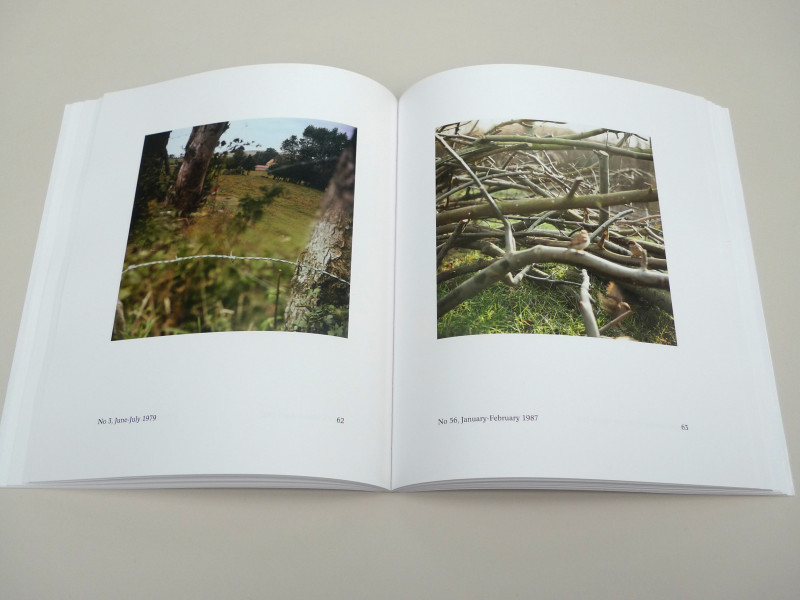
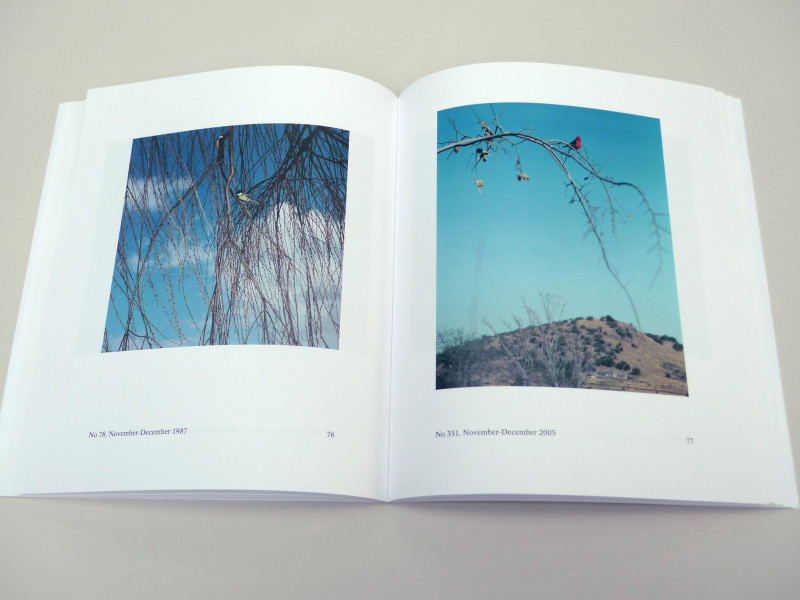
ISBN: 978-84-92841-81-3 (English edition) / 978-84-92841-80-6 (Spanish edition)
The catalogue is published on the occasion of the exhibition ‘Jean-Luc Mylayne. Into the Hands of Time’ presented at the Museo Nacional Centro de Arte Reina Sofía (Palacio de Velázquez. Parque del Buen Retiro), Madrid from November 18th, 2010 – April 4th, 2011. Curator: Lynne Cooke.
With essays from Lynne Cooke; Matthew S. Witkovsky; Javier Montes.
In 1976, Jean-Luc Mylayne (France, 1946) made the decision to sell his house, car and possessions in the pursuit of his craft, accompanied only by his wife and collaborator, Mylène. From the environs of Mylayne’s native France, he was drawn to the skies and parched earth of Santa Fe, New Mexico and, more recently, to Fort Davis in Texas.
A self-taught photographer and keen scholar of philosophy, Mylayne’s artistic endeavour would initially appear to hinge upon surreptitiously capturing images of birds. Upon closer inspection, however, Mylayne is engaging in an exploration of temporality and the relationship of humankind to both nature and the environments in which we live and how we perceive them. It was not until 2004, on a ranch situated near the McDonald Observatory at Fort Davis, that Mylayne was able to realise a childhood ambition: ‘Since I was ten years old,’ the artist has noted, ‘I knew that I would come here for the Bluebirds. In particular I wanted to work with these three species of North American Bluebirds because they have the most incredible blue colour. I looked for a long, long time to find a place to see all three species at the same time.’ Whilst the colour of the bluebird is a vital part of its appeal, recalling as it does the blue of the skies and waters of its environment, the titles of the works reveal the length of time invested by Mylayne in taking each photograph. It is this engagement with the temporality of image-making that brings us closer to the sheer sense of endeavour involved in these photographs. In No. 508, February March April, 2007, it took three months to set up Mylayne’s equipment and capture this one image of a bird. Once the equipment is in place, he waits for the arrival of his skittish subjects who, in the process of becoming accustomed to Mylayne and his photographic paraphernalia, respond by resting long enough to be caught on film. A preoccupation with the discourse of time is further revealed in the absence of information concerning the location and species of bird.
In contrast to the staple equipment of the wildlife photographer, Mylayne uses a large format 8 × 10 film camera and eschews the intrusive telephoto lens, preferring to rely on 50 plus hand-made lenses to alter the depth of field to his precise requirements. What Mylayne captures is not always in focus, nor is it always central to the frame; often hidden or partially visible, his images symbolise the paradoxical nature of time and our experience of it. For the bird the moment is fleeting, once captured on film, however, it assumes a degree of permanence and posterity. With multiple focal point perspectives, Mylayne replicates the experience of looking whereby the eye roams over the picture, as he describes, ‘just as it would if we were to perceive it with our eyes’. In other words, we see these painstakingly captured images as though we were in situ with Mylayne surveying the scene. We perceive the bird as we would perceive it in nature and what we see in Mylayne’s images is an essentially human viewpoint on the transience of the natural world.